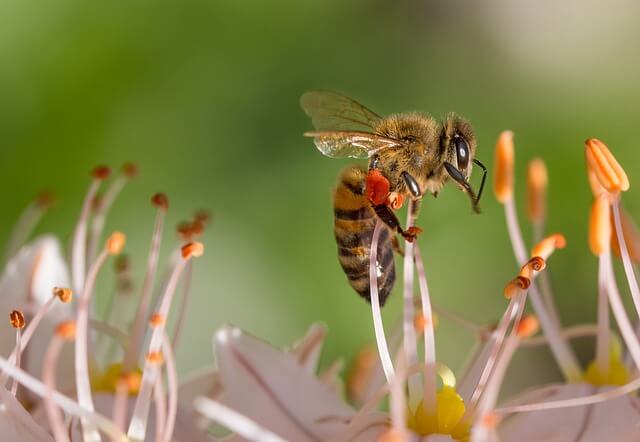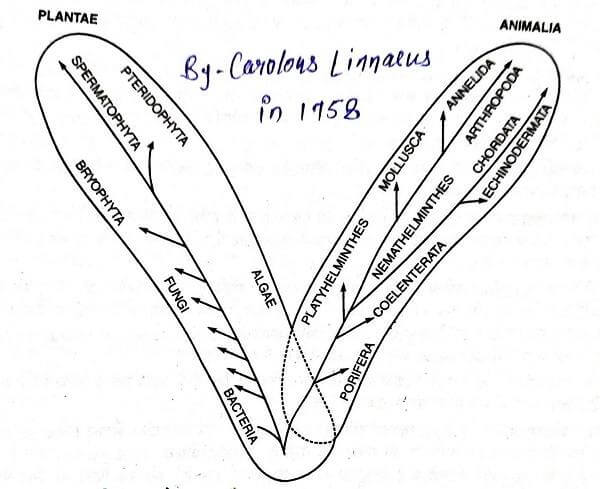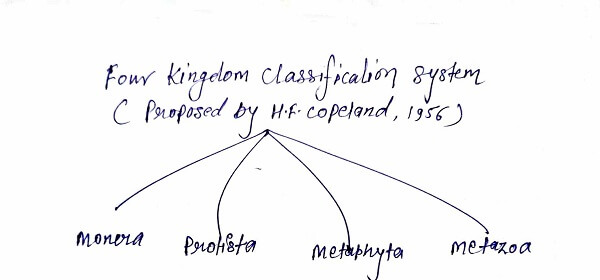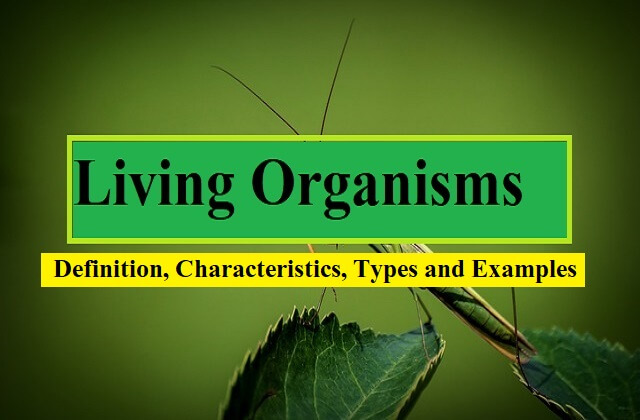Living Organisms are living being surviving on the planet. Living organisms are made up of biomolecules such as carbohydrate lipid, protein etc. Living organisms follow physical and chemical laws like gravitation, magnetism, action and reaction.
Definition of a living Organism
A living Organism Is an Individual Entity That Propagates the Properties of life. It Can Produce Its Progeny. Living Organisms have a Definite organization. Living organisms always have cellular nature either unicellular or multicellular.
Characteristics Features of living Organisms

Read Also – Parthenocarpy: Definition, Types, Hormones, Advantages And Disadvantages
Types of living Organisms
There are so many types of living organisms surviving on the planet. Here we are going to discuss the types of living organisms on a different basis. You can easily understand how many types of living organisms available on earth.
Types of living Organisms on the basis of cellular Structure
Unicellular– organisms that made up of a single cell. Unicellular organisms don’t have specific organs inside the body. Example Amoeba, Paramecium euglena etc.
Multicellular- organisms that made up of multiple cells. Multicellular organisms have a different type of organs to perform a different type of functions. Example- human, cow, trees etc
Types of living organisms on the basis of Nutrition
Autotrophic organisms– autotrophic organisms are those living organisms which are capable to produce its own food from inorganic substances using light or chemical energy. Plants, certain bacteria, algae are examples of autotrophic organisms.
Heterotrophic organisms– heterotrophic organisms are not capable to produce its own food from inorganic substances. They depend on autotrophic organisms.
Heterotrophic organisms are further divided into four categories
- Saprophytic organisms
- Parasitic organisms
- Symbiotic organisms
- Insectivorous organisms
1. Saprophytic organisms
Saprophytic organisms get their nutrition from dead organic matters. Some fungi, plants and bacteria are saprophyte organisms.
2. Parasitic organisms
A parasitic organism is an organism that lives on other organisms. The organism on which parasitic organism is depend called the host. It gets its food from or at the expense of its host. Parasitic organisms are responsible for a different type of diseases in animals and human.
Examples of parasitic organisms are protozoa, helminths, and ectoparasites
3. Symbiotic organisms
Symbiotic organisms also depend upon another organism but they do not harm to another organism, unlike parasitic organisms. In Symbiosis, both organisms are benefited from each other. Some bacteria are symbiotic in nature. example, Zoamastogopera.
4. Insectivorous organisms
Insectivorous organisms are capable to produce their food from inorganic substances with the help of solar energy. But they get nitrogen from small insects. drosera, Utricularia are some examples of insectivorous organisms.
Read Also – Embryo Development In Plants: Embryogenesis In Plants | Embryogeny
Classification of living organisms
Two kingdom classification

Two kingdom classification was proposed by Carolus Linnaeus in 1735. He published two-kingdom classification in his book Systema Naturae. He divided all living things into major categories called kingdoms.
- Animalia for animals
- Plantae (Vegetabilia) for plants.
Two kingdom classification was based on the basis of nutrition and locomotion (mobility).
Three Kingdom Classification

Three Kingdom classification was proposed by Ernst Haeckel in 1860. Ernst Haeckel divided all living things into three categories called kingdoms
- Animalia
- Plantae
- Protista
Ernst Haeckel placed protozoa, fungi, bacteria, and other microorganisms into the kingdom Protista.
Four kingdom classification

Four kingdom classification was proposed by Copeland in 1956. He creates a new category of fungi and named as monera. Bacterias are different from other living organisms in respect of nuclear material. Bacteria cell is prokaryotic cell.
- Animalia
- Plantae
- Protista
- Monera
Five kingdom classification

Five kingdom classification is widely used classification to categorise all the living organisms. Whittaker proposed five kingdom classification in 1969. He added in new Kingdom in four kingdom classification.
At present five kingdom classification of living organisms is widely accepted and used to classify an organism. According to Whittaker, all Living things can be classified into five major kingdoms:
- Kingdom Animalia
- Kingdom Plantae
- Kingdom Fungi
- Kingdom Protista
- Kingdom Monera
Related Articles
- Science Notes: Anatomy and Physiology of Animal
- Factors Affecting Plant Growth: External Factors And Internal Factors
- Plant Hormones: Growth Regulators – Promoters And Inhibitors In Details
Here we have discussed “Living Organisms: Definition, Characteristics, Types and Examples” we hope you like this article. if you have any query or suggestion, please leave a comment on the email. or contact us from contact us page.
Follow our official groups on Telegram, Whatsapp and Facebook

